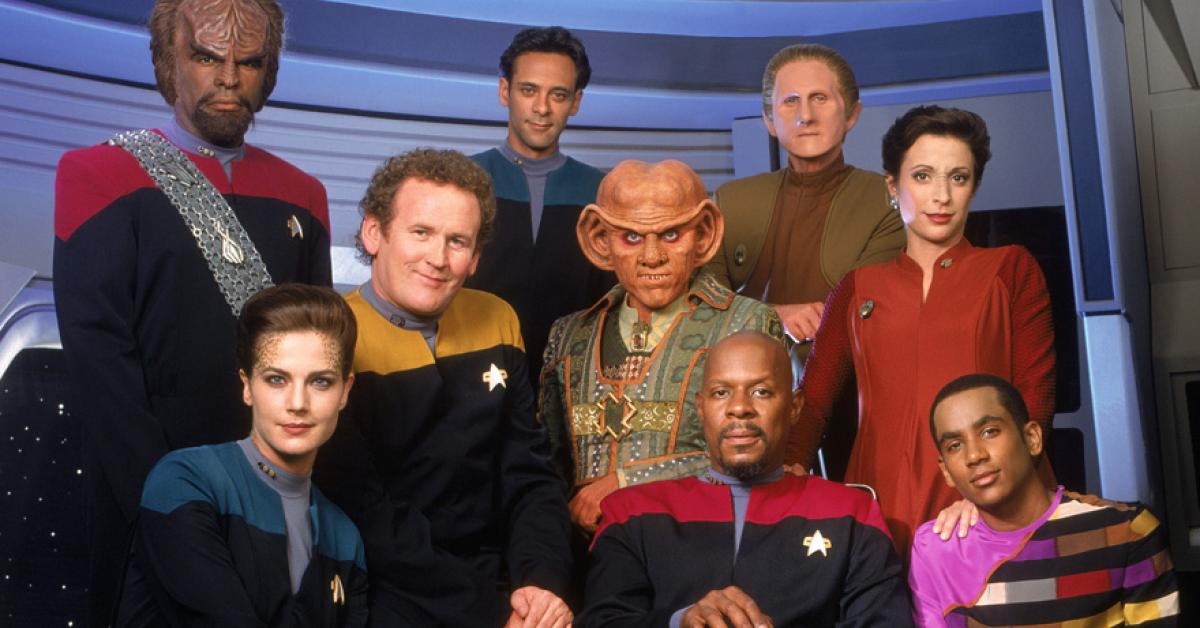
Star Trek: Deep Space Nine is a somewhat overlooked entry in the Star Trek franchise. Launching in the shadow of the hugely popular Star Trek: The Next Generation in 1993, the series tore up the Star Trek rulebook in a number of different ways and was scorned by many fans of its predecessor. Among its detractors was George Takei, Sulu in Star Trek: The Original Series, who in an interview with If Magazine in 2007 described Deep Space Nine as the “polar opposite” of Star Trek creator Gene Roddenberry’s vision.
While by no means unsuccessful, Deep Space Nine never matched the renown of The Original Series or the ratings of The Next Generation. Despite this, it has had a lasting impact on Star Trek and continues to shape the franchise even now. So, let’s look at some of the ways in which the series once considered the black sheep of the Star Trek family came to be vindicated by its descendants.
Deep Space Nine had morally ambiguous characters
Star Trek had undoubtedly boasted numerous compelling characters before Deep Space Nine – the gung-ho adventurer James T. Kirk, the conflicted logician Spock, the intellectual diplomat Jean-Luc Picard, and the android-aspiring-to-humanity Data, to name just a few – but it had never really had morally ambiguous characters, at least not among its regular cast. The heroes could generally be relied upon to be heroes, and to come out of most situations smelling of roses.
Deep Space Nine was different from the start. Its protagonist Benjamin Sisko lost his wife during the Borg attack originally seen in the famed Next Generation episode ‘The Best of Both Worlds.’ Consequently he resents Picard, who presided over the attack while assimilated by the Borg. The pair’s frosty meeting in Deep Space Nine’s first episode could almost be considered a harbinger of the relationship the new series would come to have with its more utopian predecessor.
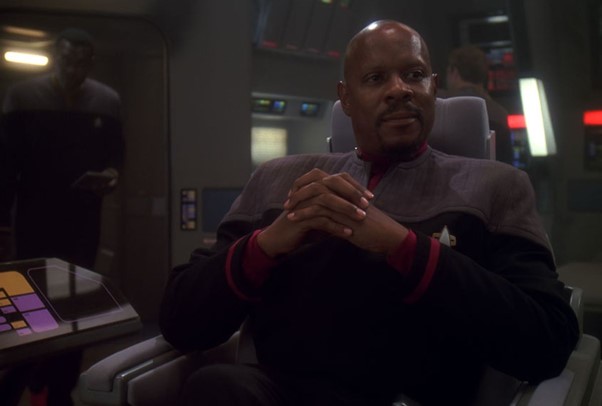
There are two instances in particular that cement Sisko as a different, more complex Star Trek hero. The first is in the fifth season episode ‘For the Uniform.’ Sisko is hunting Michael Eddington, an officer under his command who has defected to the paramilitary group the Maquis, whose colonies were ceded by the Federation to Cardassia under a territorial agreement. Eddington is driving the Cardassians out of former Maquis colonies by poisoning their atmospheres with a biogenic weapon that is only harmful to them. Sisko turns the tables on Eddington, reprogramming his weapon and using it against the Maquis in order to force his surrender.
Just take that in for a moment – a Starfleet captain used a biogenic weapon in order to force an enemy’s surrender. This would not only have been unthinkable for Kirk or Picard but arguably amounts to a war crime.
Sisko’s most infamous instance of moral ambiguity comes in the sixth season episode ‘In the Pale Moonlight.’ With Federation losses in the Dominion War mounting, he attempts to make allies of their longstanding adversaries, the Romulans, and draw them into the conflict with a forged holorecording in which Dominion officials plot to attack Romulus. His confederate in this enterprise is another of the series’ morally ambiguous characters Elim Garak, a Cardassian former intelligence agent living in exile on the station.
The plan goes far from smoothly and Sisko is ultimately forced to buy the silence of one witness and look the other way when Garak eliminates two others, all for the greater good of getting a leg up in the war.
But no account of Deep Space Nine’s imperfect heroes would be complete without mention of Sisko’s first officer Kira Nerys, a Bajoran who grew up under the Cardassian occupation of Bajor and who joined the resistance at a young age. Among her activities as a resistance fighter was the planting of a bomb that killed 12 Cardassians and crippled 23 others. Like Sisko she’s undoubtedly a hero, but Deep Space Nine’s heroes must sometimes grapple with far more difficult circumstances than their predecessors, in which sometimes the only options available to them are bad ones.
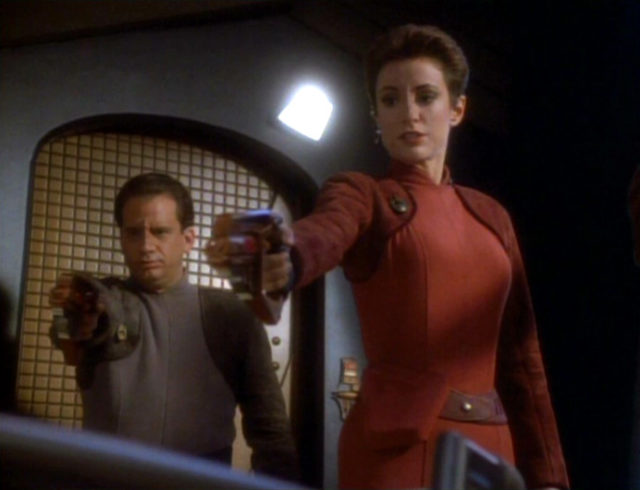
Since Deep Space Nine, we’ve seen more of these ‘shades of grey’ heroes in Star Trek. The first episode of Star Trek: Discovery introduces us to Michael Burnham, who becomes the first Starfleet officer in history to commit mutiny when she disables her captain with a Vulcan nerve pinch and assumes command. Her reasons are just as dubious – she believes that they should launch a pre-emptive strike on a hostile Klingon ship because the Vulcans had successfully asserted dominance over the Klingons in this way.
Another example is Philippa Georgiou, a bloodthirsty dictator from the infamous Mirror Universe first visited by Kirk in The Original Series (and thereafter several times in Deep Space Nine), who becomes an unlikely ally to Discovery’s crew after becoming trapped in their universe.
But it wasn’t just the heroes that Deep Space Nine reinvented, it was the villains as well. The Next Generation’s most famous villain is the Borg, a race-of-sorts comprised of faceless soldiers whose very nature defies moral ambiguity. Similarly, recurring antagonists such as the Romulan commander Tomalak and the Klingon politician Duras entertain but do not develop much beyond being thorns in the side of Enterprise and her crew.
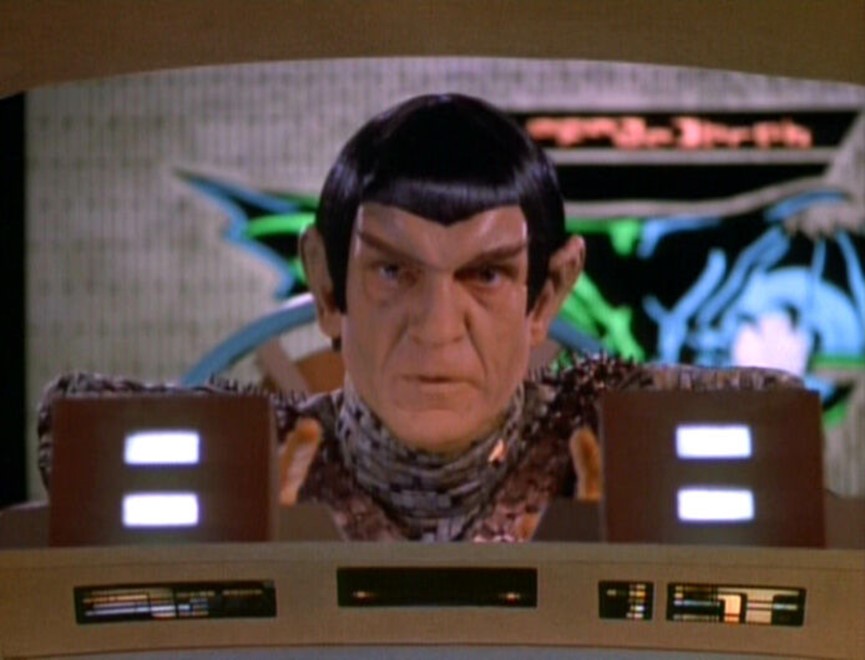
Deep Space Nine’s primary villain, meanwhile, is Dukat – a high-ranking Cardassian military officer who had overseen the last years of the Bajoran occupation. During this time, he had fallen in love with a Bajoran woman and fathered a half-Bajoran daughter called Ziyal. Ziyal offers an opportunity for the series to inject humanity into a character who is otherwise untrustworthy, unscrupulous and power-hungry. When she is sent by her father to live on the station because she isn’t accepted on Cardassia, Kira is protective of her, bringing about an unlikely understanding between herself and Dukat. This is an interesting dynamic given she had been part of the resistance against his occupation.
Arguably, no subsequent Star Trek series has explored villains in the same depth as Deep Space Nine, but they’ve certainly developed them more than prior series. A recent example is the Borg Queen in the second season of Star Trek: Picard, who infiltrates and attempts to assert dominance over the body of Agnes Jurati, a member of Picard’s crew, while Jurati attempts to push back. The pair’s interplay offers a rare chance to peel back the layers of what drives the Borg’s need to assimilate and brings out the humanity of the leader of the least human species imaginable. It’s a world away from the faceless soldiers of The Next Generation.
Deep Space Nine had serialised storytelling
Many television series in decades past were episodic and The Original Series and The Next Generation were no exception. Casual viewers could check in whenever they pleased, safe in the knowledge that they probably didn’t need to know what had happened last week, or last month, or even last year. The Next Generation explores some ongoing story arcs, such as Worf losing his honour among Klingons following wrongful treason charges against his father but, in general, stories don’t extend beyond one or two episodes.
Some of this probably comes down to the relatively simple shared premise of Deep Space Nine’s two predecessors: a starship roams the galaxy encountering different worlds and aliens, and each week the ship is somewhere different, so the story is somewhere different as well.
Conversely, Deep Space Nine revolves around a space station in a turbulent region of space and establishes numerous story arcs from early on: the religion and politics of Bajor, and the aftermath of the recently ended Cardassian occupation; Sisko’s unwitting role as emissary to the mysterious inhabitants of a nearby stable wormhole that Bajorans worship as prophets; the activities of the paramilitary resistance group the Maquis, and the gradual emergence of the Dominion as a threat to galactic security.
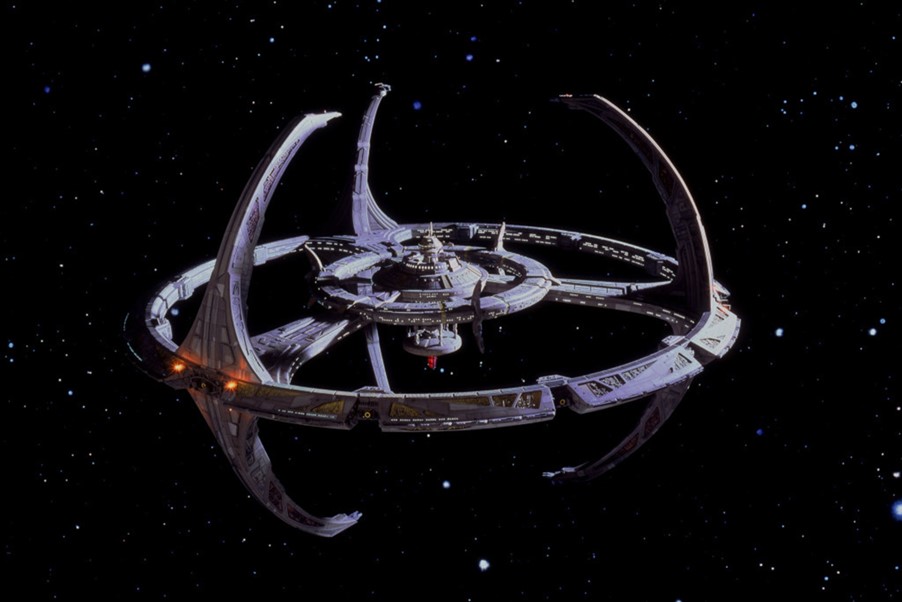
The Dominion proved to be the biggest driver of Deep Space Nine’s gradual shift towards more serialised storytelling. Simmering tensions between the Federation and the malevolent rival power finally bubble over into all-out war by the fifth season finale, which lasts for the entirety of the sixth and seventh seasons. The sixth season opens with what was, at the time, a first in Star Trek history – a six-episode continuous story in which the station is annexed by the Dominion. The seventh and final season takes this even further, culminating in a nine-episode continuous story that resolves the Dominion War and the series’ other storylines.
Later Star Trek would continue Deep Space Nine’s foray into serialised storytelling. For example, the third season of Star Trek: Enterprise features a season-long story arc in which the Enterprise and her crew attempt to locate and destroy a Xindi superweapon, and the fourth features several successive shorter arcs. Discovery and Picard have taken it further still and are almost entirely serialised. Ongoing storylines, such as the mystery of the Burn in Discovery’s third season and the race to stop humanity’s descent into a bloodthirsty empire in Picard’s second are dominant, leaving very few episodes that can be considered standalone.
Deep Space Nine had darker storylines
Star Trek hadn’t entirely shied away from dark episodes and themes before Deep Space Nine. One such example is the much-lauded Original Series episode ‘The City on the Edge of Forever,’ in which Kirk is forced to make a devil’s choice between saving the future of humanity and saving the woman he loves. Such episodes had, however, been few and far between, whereas in Deep Space Nine they were considerably more commonplace. The series also dared to do what had rarely been done before – question the kind of organisation the Federation was and explore the less utopian aspects of life within it.
Perhaps the most significant departures from those utopian aspects are Section 31 and the aforementioned Dominion War. The former is introduced in the sixth season episode ‘Inquisition’ as a secretive black ops department that Starfleet will neither confirm nor deny knowledge of. Its purpose is to ensure the security of the Federation by any means necessary. This demonstrates a significant shift from The Next Generation, which largely portrays the Federation as a morally unimpeachable organisation, within which such a department would be virtually unthinkable.
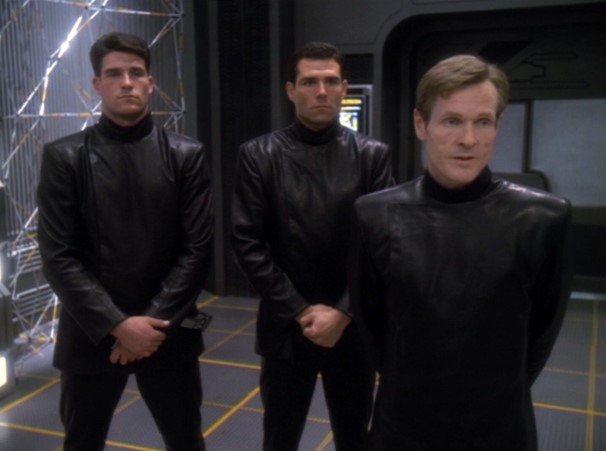
The Dominion War dominated Deep Space Nine’s final two seasons. One of the most memorable war episodes is ‘The Siege of AR-558’ in the seventh season, in which several of Deep Space Nine’s crew deliver supplies to a communications relay captured from the Dominion. Upon arrival they find the Starfleet officers tasked with holding it – depleted, disillusioned and long overdue rotation off duty. When the idealistic young Ferengi ensign Nog hails these officers as heroes, his uncle Quark offers a sobering take that emphasises Deep Space Nine‘s efforts to offer a glimpse behind the Federation’s utopian curtain…
“Let me tell you something about humans, nephew,” he says. “They’re a wonderful, friendly people, as long as their bellies are full and their holosuites are working. But take away their creature comforts, deprive them of food, sleep, sonic showers, put their lives in jeopardy over an extended period of time, and those same friendly, intelligent, wonderful people will become as nasty and as violent as the most bloodthirsty Klingon.”
Later Star Trek has more readily embraced darker storylines. In the first season of Discovery, the Federation is once again at war, this time with the Klingons. In the third season, the crew time travels into the future to find the Federation in tatters and the galaxy now a disconnected and dangerous place dominated by the Emerald Chain, a ruthless capitalist syndicate. And in Picard, the Federation has lost its way, having declined to aid the Romulans when their sun went supernova, leading Picard to resign and mount a Dunkirk-esque rescue effort himself.
Later Star Trek has also embraced Section 31, despite the departure it represents from Gene Roddenberry’s vision, and it has reappeared in Enterprise, Star Trek into Darkness and Discovery.
The ultimate achievement?
It would be fair to say that, to some extent, the changing face of Star Trek has been down to the era in which it aired. Discovery and Picard are both streaming shows that don’t rely on casual audiences checking in every few weeks and can craft an ongoing story. And modern television is frequently darker than older television, perhaps in part due to the relaxation of censorship compared to previous decades. Morally complicated characters are also increasingly common, perhaps because audiences want more realism from characters, and wish for them to serve as a mirror to the complicated society in which they live.
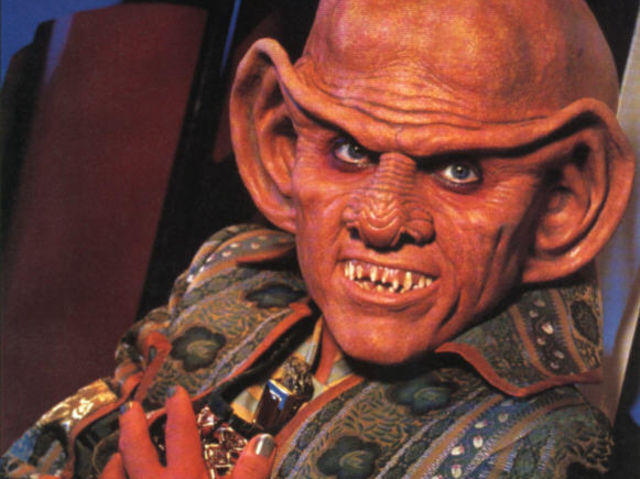
However, Deep Space Nine was arguably part of the transition from a more optimistic, episodic and uncomplicated era of television to the more realistic, serialised and complicated era that followed. Indeed the reimagined Battlestar Galactica, which is all of the latter things, and which itself has proved influential, was helmed by Deep Space Nine writer and co-executive producer Ronald D. Moore, who has cited the influence of the former show on the latter.
On the impact of Deep Space Nine on Star Trek, Moore had this to say in 2002: “I think Deep Space was the show that really took Star Trek as far as you could take it. You have The Original Series, which is a landmark. It sort of like changes everything about the way science fiction is presented on television, at least space-based science fiction.
“Then you have Next Generation which, for all of its legitimate achievements is still a riff on the original. […] Here comes Deep Space and it just runs the table in a different way. It just says, okay, you think you know what Star Trek is, let’s put it on a space station, and let’s make it darker, and let’s make it a continuing story, and let’s continually challenge your assumptions about what this American icon means. And I think it was the ultimate achievement for the franchise.”
How do you feel about Deep Space Nine? Do you prefer the serialised stories and darker characters, or do you prefer the more optimistic storytelling of The Original Series? Let us know in the comments below.
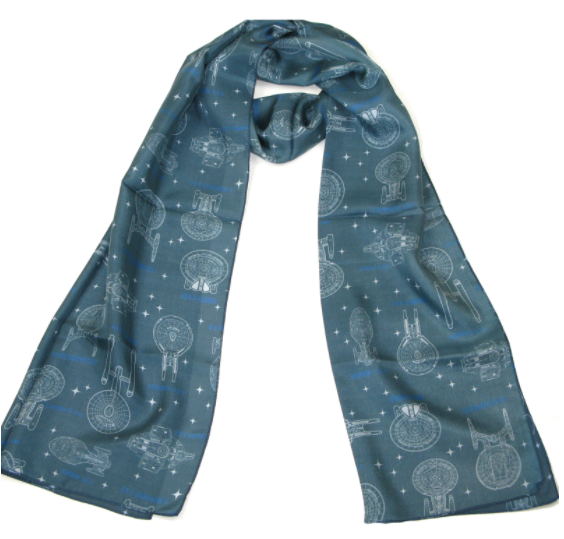
Ships of Line scarf – order now from the Lovarzi shop!








Leave a Reply